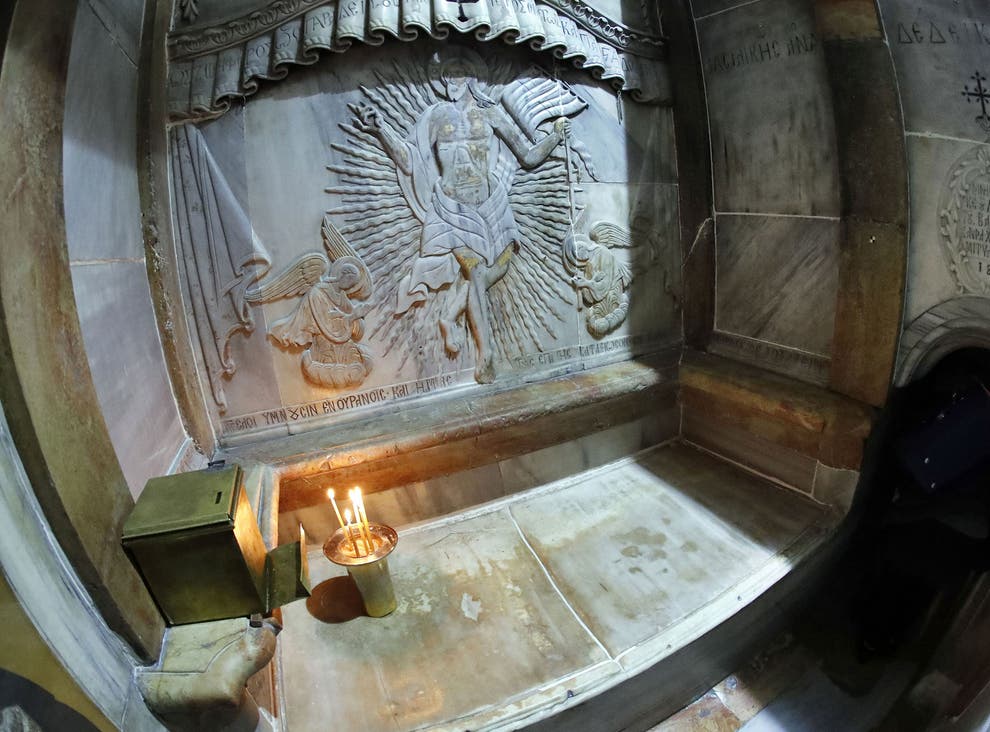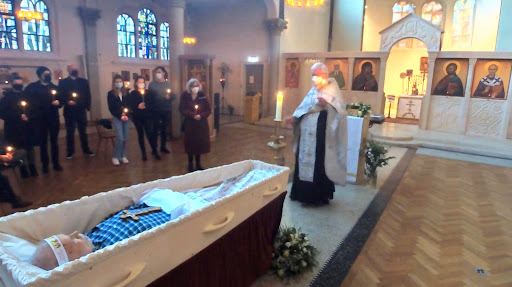This book wasn’t what I was expecting either.
I haven’t bought a Merton book for awhile. I suppose it was the title that attracted me. Being “awake” is something that I look for in a spiritual guide. Someone who is HERE, fully alive. This is what I reach for in my own life, so I gravitate toward writers who might show me the way, or some shortcuts.
Merton said once that he felt closer to the writers and artists around the world that he corresponded with than with his fellow monks at the abbey. I suppose that he meant that he felt closer to fellow artists in thought and spirit with what he was trying to do with his life. As a monk AND as an artist. This book gives voice to what Merton’s fellow monks thought of Merton.
Having just finished “Dearest Sister Wendy”, I could see Merton through the eyes of someone who took her monastic vocation seriously. Sister Wendy didn’t give Merton much slack. Neither do his fellow monks. They are kind, and they give Merton credit for his efforts to teach and guide the novices. But they don’t idolize Merton.
In some off the cuff and unedited remarks (probably transcribed for oral interviews) from some of the men (now old men) who had been novices while Merton was Novice Master (the 1950s and early 1960s) we hear honest portrayals of a complex and flawed man, nothing really special. Just one of us.
As a super Merton fan (just look at this blog), I found this refreshing. I think that Merton, himself, would too.






















